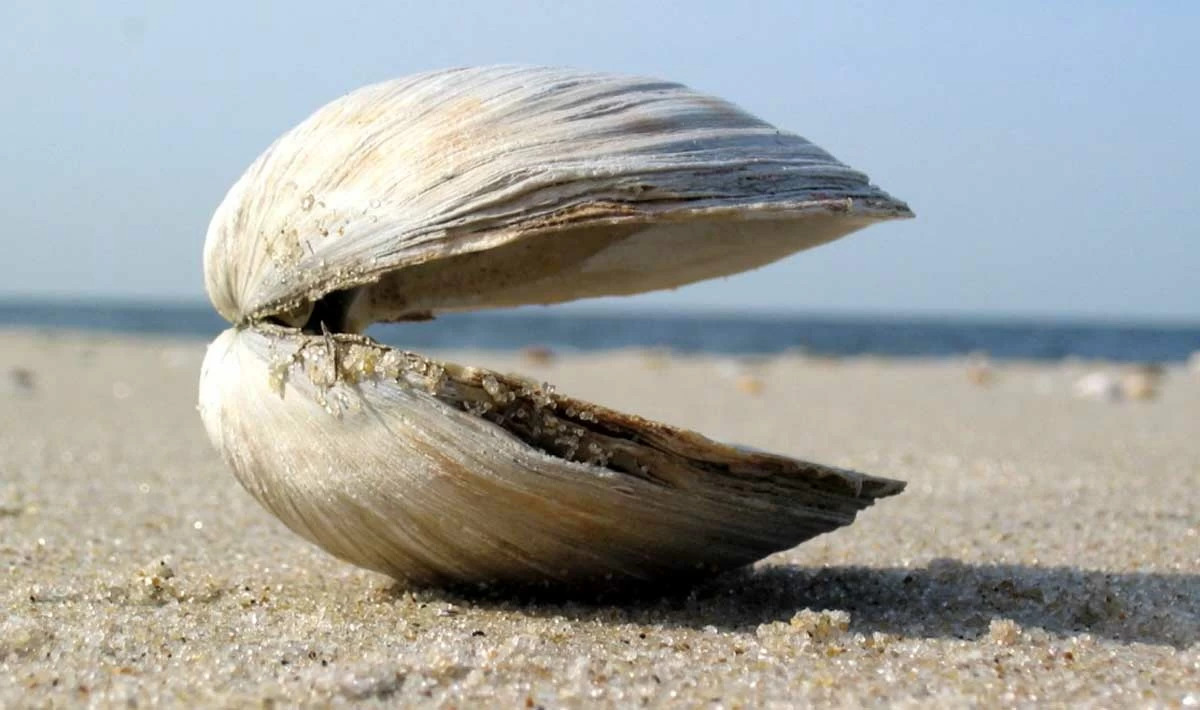
How old was Ming the Clam? Ming the Clam, an ocean quahog, lived to be 507 years old. Found off the coast of Iceland, Ming was discovered in 2006 by researchers who initially underestimated its age. Named after the Chinese Ming dynasty, which was in power when the clam was born, Ming's age was determined by counting growth rings on its shell. This clam's remarkable lifespan makes it one of the longest-living non-colonial animals ever recorded. Ming's discovery has provided scientists with valuable insights into marine biology and the effects of climate change over centuries. Dive into these 37 fascinating facts about Ming the Clam!
Key Takeaways:
- Ming the Clam, the world's oldest animal, lived for 507 years and holds valuable secrets about ocean history and climate change.
- Ming's discovery sparked interest in marine life preservation and inspired ongoing research into the biology and ecology of long-lived ocean species.
Ming the Clam: An Ancient Marvel
Ming the Clam, a fascinating creature, holds the title of the world's oldest known animal. This ocean dweller has captured the curiosity of scientists and the public alike. Let's dive into some intriguing facts about this ancient marvel.
-
Ming the Clam was discovered in 2006 off the coast of Iceland by researchers from Bangor University in Wales.
-
The clam was named "Ming" because it was born during China's Ming Dynasty, which lasted from 1368 to 1644.
-
Ming the Clam was a specimen of the ocean quahog species, scientifically known as Arctica islandica.
-
Ocean quahogs like Ming are known for their extreme longevity, often living for centuries.
-
Researchers initially estimated Ming's age to be around 405 years old.
-
Further analysis revealed that Ming was actually 507 years old, making it the oldest known non-colonial animal.
The Life and Times of Ming
Understanding the life of Ming the Clam provides insight into the longevity and resilience of ocean quahogs. Here are some more details about Ming's life.
-
Ming's age was determined by counting the growth rings on its shell, similar to how tree rings are counted.
-
Each growth ring represents one year of life, providing a reliable method for age estimation.
-
The clam's shell grew very slowly, which is a characteristic of long-lived species.
-
Ming lived through significant historical events, including the Renaissance, the Industrial Revolution, and both World Wars.
-
The clam resided in the cold, deep waters of the North Atlantic, which contributed to its long lifespan.
-
Ocean quahogs like Ming are filter feeders, consuming plankton and other small particles from the water.
Scientific Significance of Ming
Ming the Clam has provided valuable information to scientists studying marine biology and climate change. Here are some key points.
-
The study of Ming's shell has helped scientists understand past ocean conditions and climate changes.
-
The growth rings in Ming's shell contain chemical signatures that reflect historical ocean temperatures.
-
By analyzing these rings, researchers can reconstruct a timeline of oceanic and climatic changes over centuries.
-
Ming's longevity has sparked interest in the genetic and physiological factors that contribute to long life.
-
Scientists hope to uncover the secrets of aging and longevity by studying ocean quahogs like Ming.
The Discovery and Its Impact
The discovery of Ming the Clam has had a significant impact on both scientific research and public interest. Here are some notable effects.
-
Ming's discovery highlighted the importance of preserving marine ecosystems and their inhabitants.
-
The clam's age was initially underestimated, leading to a re-evaluation of aging methods for marine animals.
-
Ming's story has raised awareness about the potential longevity of other marine species.
-
The discovery has inspired further research into the lifespans of other ocean quahogs and similar species.
-
Ming's age record has yet to be surpassed by any other known non-colonial animal.
Ming's Legacy
Ming the Clam's legacy continues to influence scientific research and public fascination. Here are some lasting impacts.
-
Ming's story has been featured in numerous documentaries, articles, and educational programs.
-
The clam has become a symbol of the mysteries and wonders of the ocean.
-
Ming's discovery has encouraged the protection of marine habitats to preserve other long-lived species.
-
The clam's age has prompted discussions about the ethical considerations of studying ancient animals.
-
Ming's legacy lives on through ongoing research into the biology and ecology of ocean quahogs.
Fun Facts About Ming
Beyond the scientific significance, Ming the Clam has some fun and interesting aspects worth noting.
-
Ming's shell was about 8.6 centimeters (3.4 inches) long when it was discovered.
-
The clam's slow growth rate is a key factor in its longevity.
-
Ming's species, Arctica islandica, is also known as the Icelandic cyprine or mahogany clam.
-
Ocean quahogs like Ming can burrow into the seabed to avoid predators.
-
Ming's discovery has led to increased interest in the study of bivalves and their lifespans.
-
The clam's name, Ming, has become synonymous with longevity and resilience.
-
Ming's story has inspired artists, writers, and filmmakers to create works based on its life.
-
The clam's age has been verified by multiple independent studies, confirming its status as the oldest known animal.
-
Ming's discovery has led to the development of new techniques for studying the age and growth of marine animals.
-
The clam's legacy continues to inspire curiosity and wonder about the natural world and its ancient inhabitants.
The Legacy of Ming the Clam
Ming the Clam, a remarkable ocean dweller, has left an indelible mark on our understanding of marine life and longevity. Discovered off the coast of Iceland, this ocean quahog lived for an astounding 507 years, making it the oldest non-colonial animal ever recorded. Its age was determined by counting the growth rings on its shell, similar to how tree rings reveal their age.
Ming's discovery has provided scientists with invaluable data about ocean conditions over centuries, offering insights into climate change and marine ecosystems. This ancient clam's story reminds us of the hidden wonders beneath the ocean's surface and the importance of preserving marine habitats.
Ming's legacy continues to inspire curiosity and respect for the natural world. As we learn more about these incredible creatures, we gain a deeper appreciation for the intricate balance of life on Earth.
Frequently Asked Questions
Was this page helpful?
Our commitment to delivering trustworthy and engaging content is at the heart of what we do. Each fact on our site is contributed by real users like you, bringing a wealth of diverse insights and information. To ensure the highest standards of accuracy and reliability, our dedicated editors meticulously review each submission. This process guarantees that the facts we share are not only fascinating but also credible. Trust in our commitment to quality and authenticity as you explore and learn with us.


